Lab of agronomic crops
Rice, vegetable soybean, and adzuki bean are major agronomic crops studied in this Station. The general objectives of the research are variety development and cultural practice improvement. Our breeding goal is to develop crop varieties with high-quality, high-yield, and anti-stress traits. In consideration of energy shortage and greenhouse effect, more effort will be put into the development of labor-saving cultural practices, and evaluating the effects of high temperature on yield and grain quality of rice.
● Rice
Thirty Japonica, Indica, and glutinous rice varieties were developed in the past 70 years. Among those, "Kaohsiung 139" and "Kaohsiung 145" are listed as the recommended high-quality rice varieties. “Kaohsiung 139”, highly popular due to its good eating quality, was released in 1975. It is the variety grown in Hualien and Taitung areas for the premium brands of "Chihshang Rice", "Guanshan Rice", and "Sushi Rice"; it is also the variety we used to regain access to the Japan market in 2004. "Kaohsiung 143," released in 2001, possesses the characteristics of early maturing, good eating quality, high yield, blast resistance, and low pre-harvest sprouting. "Kaohsiung 144", released in 2003, is early maturing, lodging resistant, and low pre-harvest sprouting. "Kaohsiung 145", released in 2004, is characterized by its high quality, high yield, good storability, high percentage of head rice recovery, superior plant type, and easy cultivation. Similar to one of the best tasting Japanese varieties, " Koshihikari" , both "Kaohsiung 144" and "Kaohsiung 145" show excellent eating quality. In 2007, we released "Kaohsiung 146" which has good characteristics of high quality, high yield, blast resistance, lodging resistance, and early maturing. As the first aromatic Japonica rice variety developed in the Station, "Kaohsiung 147" was released in 2010. In addition to its fragrance of taro, the high-yielding "Kaohsiung 147" possesses good milling quality, good appearance quality, and the resistance to lodging, blast disease, and brown planthopper. Indica rice “Taisen 2”, released in 1998, has the traits such as good eating quality, high yield and superior resistance to rice blast, stripe disease, and bacterial leaf blight . In Africa, Taisen 2 is one of the varieties recommended by Taiwan Agricultural Technical Mission. Kaohsiungsen glutinous 8”, another Indica rice released in 2004, is typified by its high yield, blast resistance, high nitrogen utilization efficiency, erect growing habit, and better processing suitability.
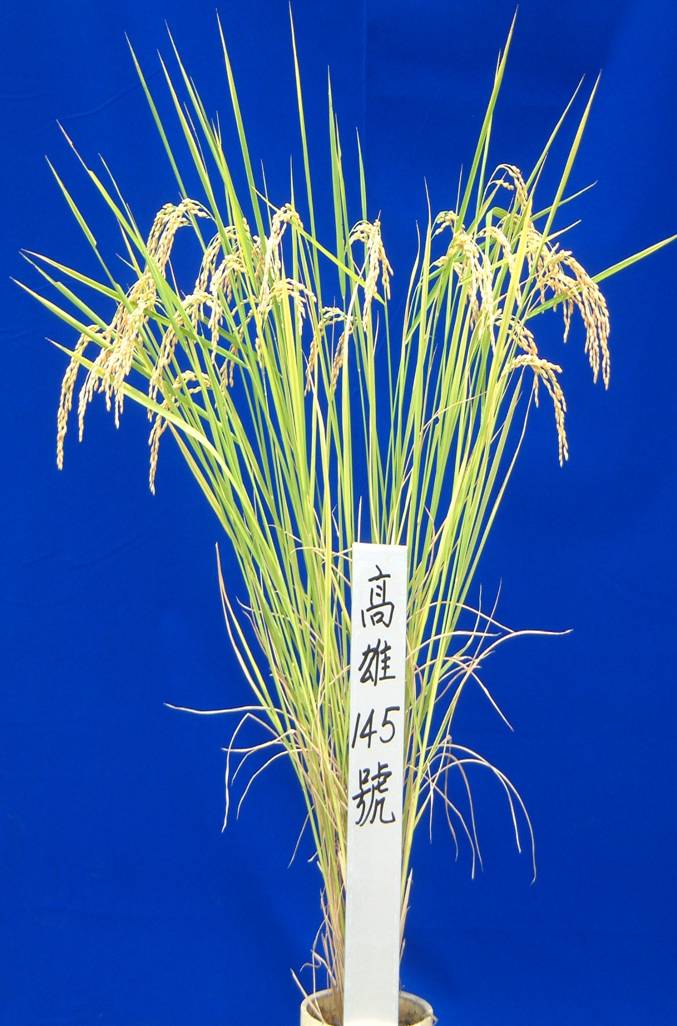
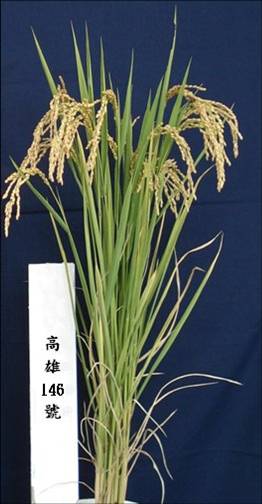
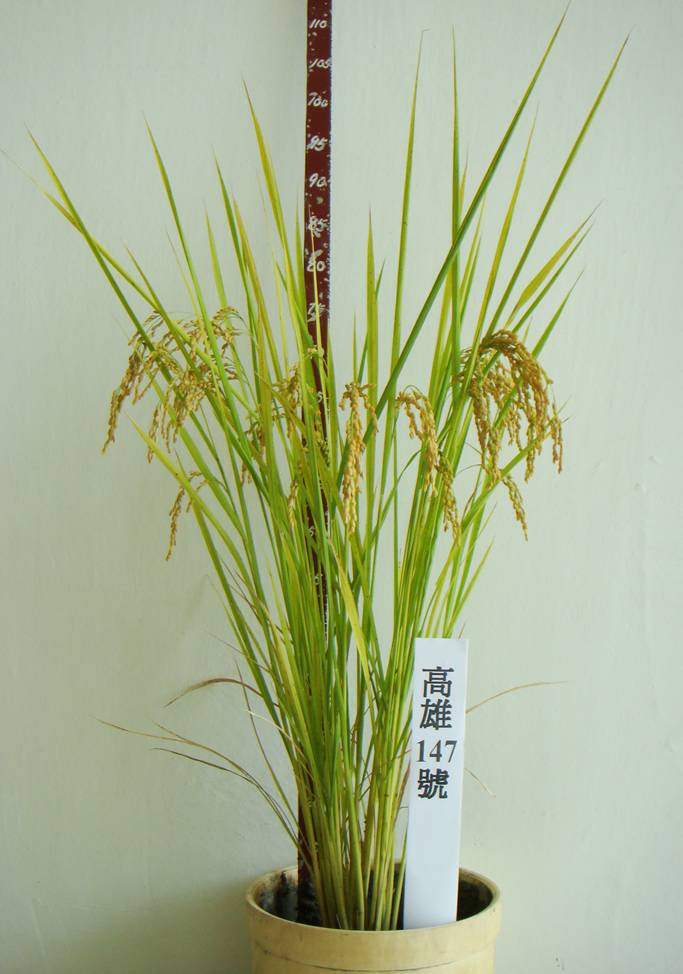
Kaohsiung 145 Kaohsiung 146 Kaohsiung 147
● Vegetable Soybean
Vegetable soybean, an important cash crop in Kao-Ping Area, acreage grown in this area is about 64.6% of its total cultivation in Taiwan. The amount of export frozen pods is about 31,000-35,000 tons per year, which is valued at approximately 61-71 million U.S. dollars. 12 varieties of vegetable soybean have been developed in the past years. “Kaohsiung 7”, released in 2002, is a diversified variety with large black seed, high sugar content, and is suitable for the processing of honey black beans. “Kaohsiung 8”, released in 2003, is cold tolerant and high percentage of graded pods. It is grown in winter season to produce fresh pods for exporting to Japan. “Kaohsiung 9”, released in 2006, is characterized as large green pod, high yield, high sugar content, and good flavor. “Kaohsiung 10” , released in 2009, possesses good characteristics such as high yield, mild fragrance of taro, and superior eating quality. “Kaohsiung 11”, released in 2011, is a high-yield variety with strong fragrance of taro and superior eating quality. “Kaohsiung 12”, a new dual-purpose variety for both vegetable soybean and soybean use released in 2012, combines good characteristics of a prolific three-seed-pod bearer, high yield, high sugar content, superior eating quality, etc.
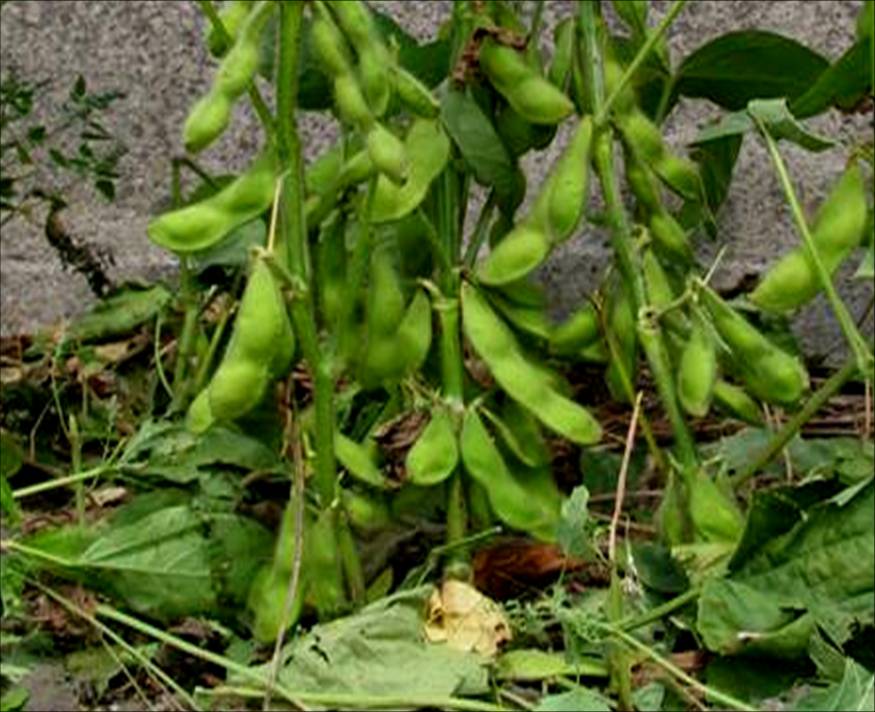
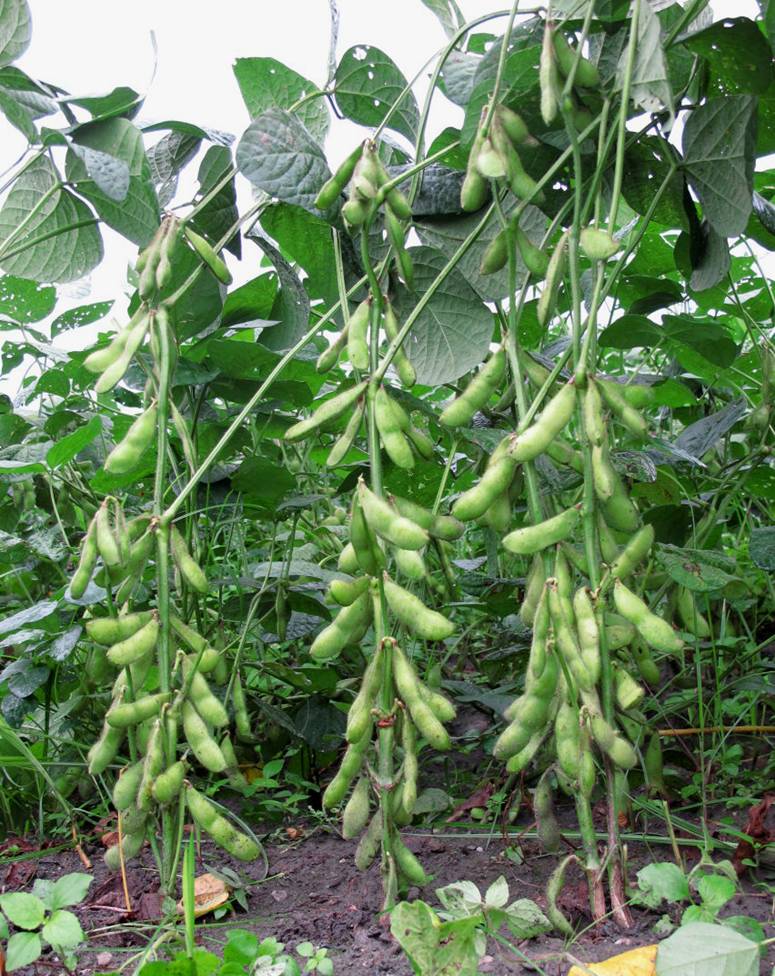
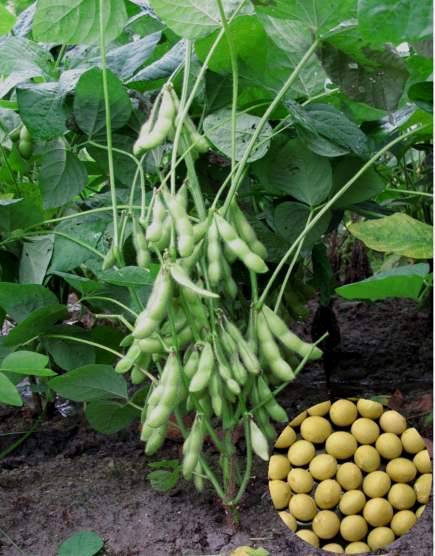
Kaohsiung 10 Kaohsiung 11 (Honey) Kaohsiung 12 (Green Jadeite)
● Adzuki Bean
Adzuki bean, planted after the harvest of the second-crop rice, is another important cash crop in Kao-Ping Area. Approximately 98.1% of the Adzuki bean cultivation in Taiwan is located here. The breeding program of Adzuki bean has developed 9 varieties. "Kaohsiung 9”, released in 2006, is characterized as large and dark red seed, high yield, and superior eating quality, suitable for processing bean paste and honey bean . "Kaohsiung 10”, released in 2012, is characterized as large and red seed, high yield, less hard grain, and superior eating quality, suitable for processing bean paste and honey bean .
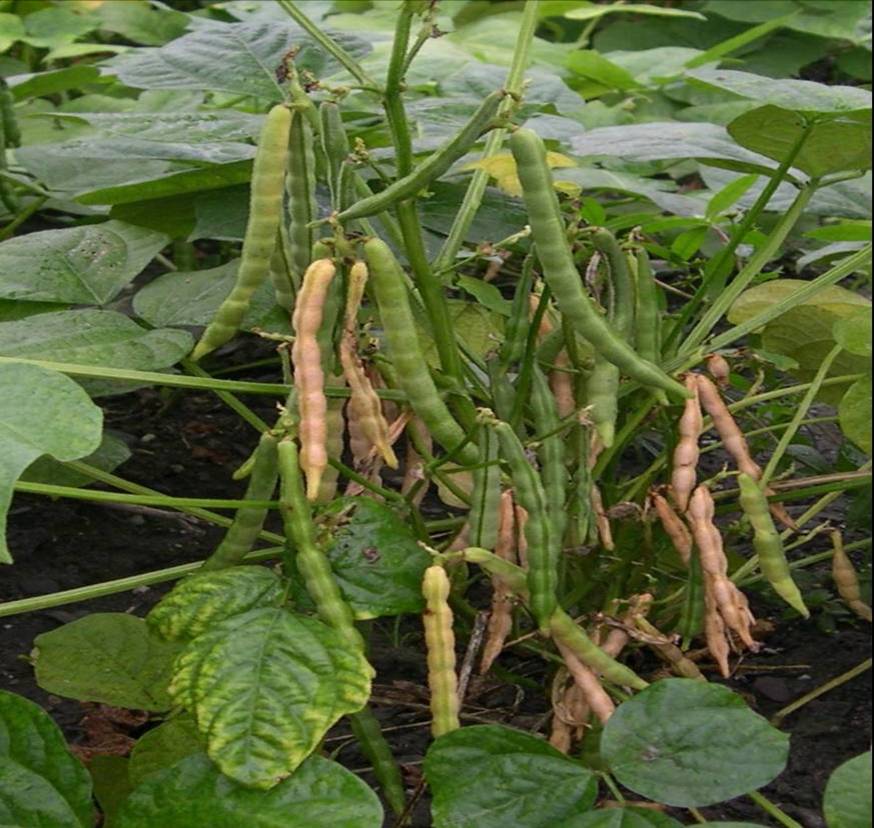
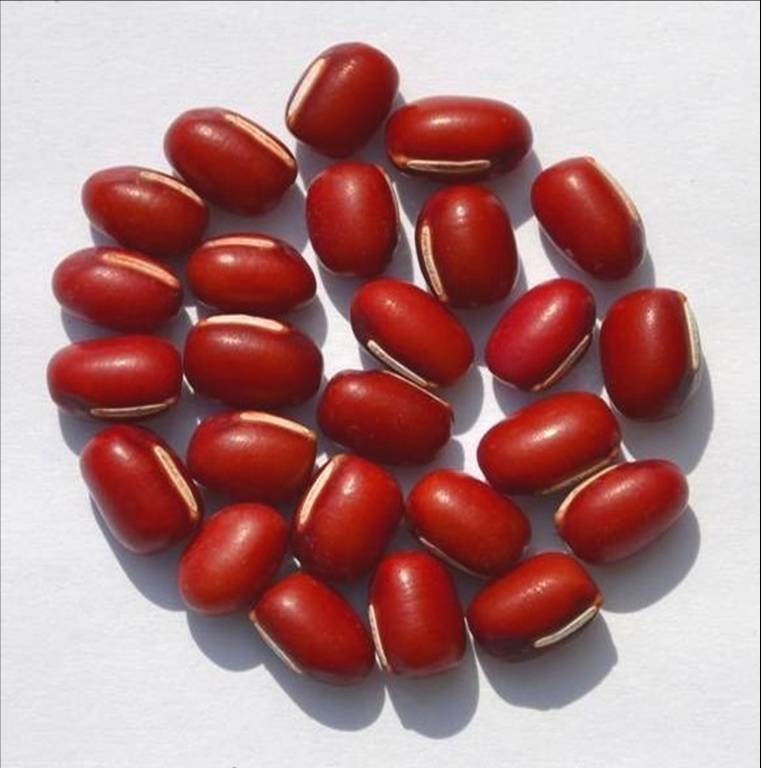
Kaohsiung 10 (Red Jade)
In addition to breeding program, farm management project was also conducted with the purpose of enhancing working efficiency and industry competitiveness. The Station has acquired the large sophisticated farming machinery for sowing, weeding, sprinkle irrigation, cultivation, pesticide application, and harvesting. Successful establishment of the large-scaled mechanical management system has reduced the production costs for vegetable soybean and adzuki bean by 20% and 12%, respectively.


